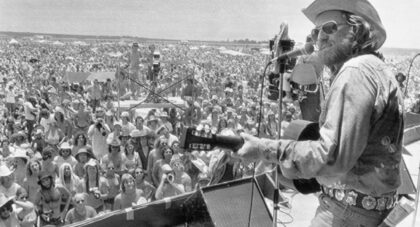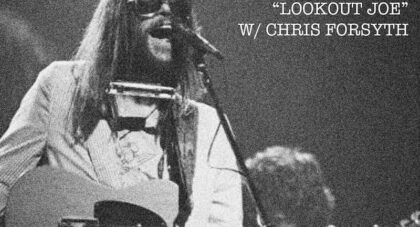We're back in the stacks with creative guides from Rick Rubin and Chris Schlarb, looks at the music of The Byrds and Sonny Rollins, and Amiri Baraka's groundbreaking Black Music . . .
Only the good shit. Aquarium Drunkard is powered by its patrons. Keep the servers humming and help us continue doing it by pledging your support.
To continue reading, become a member or log in.


